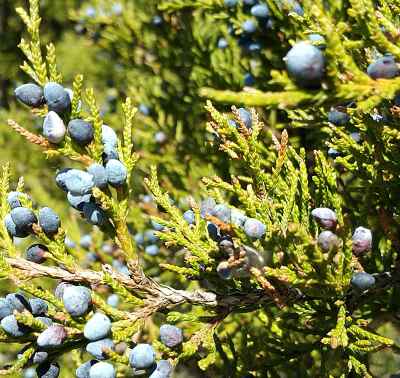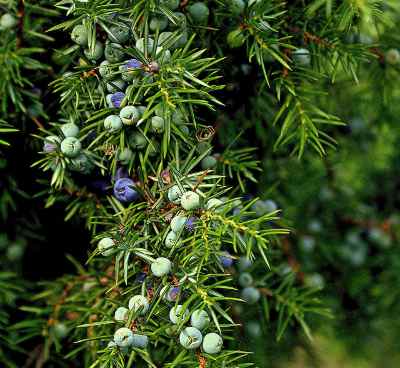How To Make Juniper Tick Repellent
Learn how to make your own tick repellent from Juniper leaves and berries. Junipers include, but are not limited to these two species. One is the Eastern Redcedar (Juniperus virginiana) and the other is the Common Juniper (Juniperus communis). I mention these two species only because together they are the most common and widely available species in North America. And yes, despite the name Eastern Redcedar this one is NOT a cedar tree. The name is properly spelled Redcedar and not red cedar, although you will see it miss-spelled online frequently.
The first step in the entire process is going to be your ability to identify a Juniper. Here are a couple of photos of both the Common Juniper and Eastern Redcedar.


Now that you have found your Juniper tree you will need to collect some raw materials of berries and or the green leaves. Both contain the oil so either will do.
Prepare the collected raw materials by chopping them into as small of pieces as is practical. This can get quite sticky.
After this is done you need to distill the material. Here is how!
You can improvise by placing your tube between the lid and a pot. Then, use clay to seal the opening of the lid. It is absolutely necessary for the pipe or tubing to be angled downward so that the condensate does not flow back into the pressure cooker after it condenses.
Use your tick repellent by spraying or dabbing on your pants, socks.



